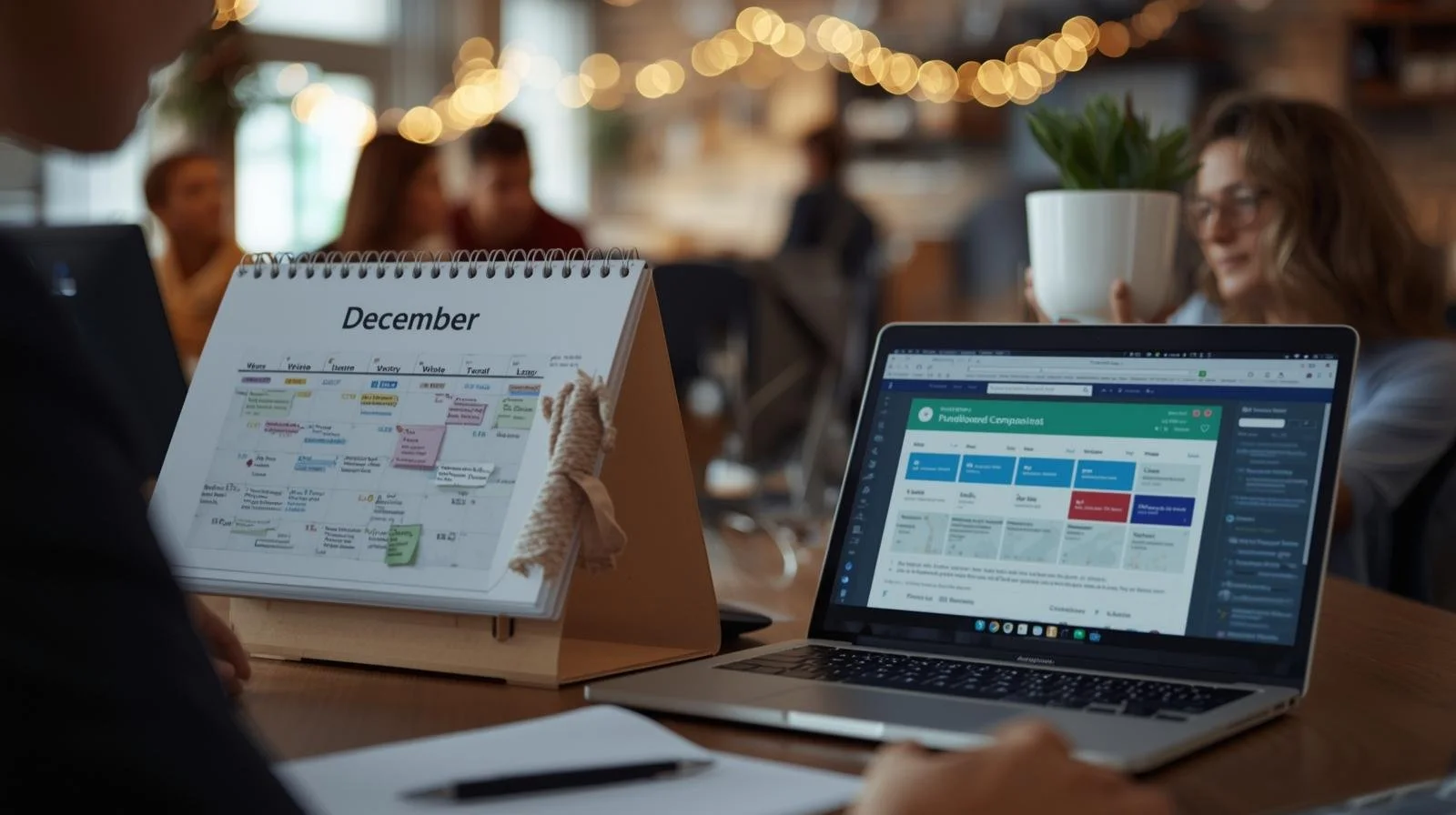Over the years, I’ve had the privilege of working with countless nonprofits on fundraising events — from intimate dinners to large-scale galas. And one of the most powerful strategies I’ve seen (and often recommend) is hosting a friendraiser several months before your big event.
Not a fundraiser — a friendraiser.
The goal isn’t to raise money. It’s to raise awareness, enthusiasm, and connection. A friendraiser is all about relationships — introducing new people to your organization in a way that feels genuine, social, and inspiring.
Think of it as planting seeds that will bloom beautifully by the time your gala arrives.
What Exactly Is a Friendraiser?A friendraiser is a small, welcoming gathering designed to connect potential supporters with your organization in an authentic way — without the pressure of making a donation.
It might take place in someone’s home, an office, a local wine bar, or even at your facility. It’s casual but intentional: cocktails and conversation, maybe a few words from leadership or a beneficiary, and lots of natural opportunities for guests to connect with your mission.
I’ve seen these events work wonders for organizations of all sizes. Here’s why they’re so powerful — especially when held several months before your gala.
1. It Expands Your Network Before You Need It
A friendraiser gives your current supporters a reason to introduce their network to your organization — without the awkwardness of an immediate ask.
Because there’s no pressure to give, people are more open to attending. They can experience your story firsthand, meet your team, and see the impact of your work in a comfortable, social setting.
When your gala invitation arrives later, those new friends already feel connected — and are far more likely to attend, donate, or get involved.
2. It Builds Genuine, Lasting Relationships
People don’t give to institutions — they give to people and to stories that move them.
A friendraiser gives you the space to connect on a human level. You’re not presenting a pitch deck; you’re sharing your passion. You’re listening, not selling.
When someone gets to know your organization this way — through real conversation and authentic connection — they develop trust. That trust is the foundation of future giving.
3. It Creates Early Momentum for Your Gala
When you host a friendraiser months before your big event, you start building buzz early. You can hint at the gala theme, preview special guests, or show off a few auction items to spark curiosity.
It’s a natural way to start the conversation — and it keeps your organization top of mind in the months leading up to your gala.
By the time your invitations go out, your community is already excited and emotionally invested.
4. It Strengthens Your Donor Pipeline
Every nonprofit faces the same challenge — you can’t rely on the same donors forever. You need to continually bring new people into the fold.
A friendraiser helps you do that organically. You’re expanding your circle through trusted introductions, creating a steady flow of new potential supporters.
Those relationships might start casually — as a glass of wine and a conversation — but over time, they can grow into sponsorships, committee roles, or major gifts.
5. It Empowers Your Ambassadors
Your most loyal supporters often want to help more — they just don’t always know how. A friendraiser gives them an easy, meaningful way to contribute.
They can host or co-host the event, invite their friends, and share why your mission matters to them personally. It’s a form of peer-to-peer engagement that feels natural and joyful.
When your ambassadors get to play that kind of active role, it deepens their own connection too. They’re no longer just donors — they’re partners in your mission.
6. It Helps You Refine Your Message
A friendraiser is also a great testing ground.
You can observe how new audiences respond to your story — what captures their attention, what confuses them, and what inspires emotion. Those insights are gold when it comes to refining your messaging for the gala.
By the time you’re onstage or your auctioneer takes the mic, you’ll know exactly which stories and moments resonate most deeply.
7. It Builds Trust and Authenticity
Friendraisers offer something that no large event can: intimacy.
When someone gets to see your organization up close — meet your team, hear stories firsthand, experience your passion in a small group setting — it feels real.
That authenticity builds trust, and trust leads to generosity. When those same guests attend your gala, they don’t see it as a sales pitch — they see it as a celebration of something they already believe in.
8. It Keeps You Top of Mind
Hosting a friendraiser months before your gala keeps your organization visible and relevant. While many nonprofits only reach out during ticket season, you’re showing up earlier — with heart, warmth, and hospitality.
That consistent engagement helps supporters feel connected throughout the year, not just during campaign season.
And when they think of your cause, they think of faces, stories, and experiences — not just donation forms.
9. It Builds a Sense of Community
A friendraiser creates a shared experience — a moment of connection between people who care about similar things.
When guests meet each other and discover they share values and passions, they begin to feel part of something larger. That sense of belonging is powerful.
Your gala then becomes more than an event; it becomes a reunion — a celebration of a community that already exists.
10. It Makes Your Gala More Successful
Ultimately, a friendraiser lays the groundwork for everything that follows.
When guests walk into your gala, they’re not strangers. They’ve already met your team, heard your story, and felt your passion. They know who you are and why you matter.
That means more energy in the room, more generosity during your auction or paddle raise, and more meaningful connections long after the last glass of champagne is poured.
Your gala becomes not just a fundraiser, but a true celebration of friendship and purpose.







